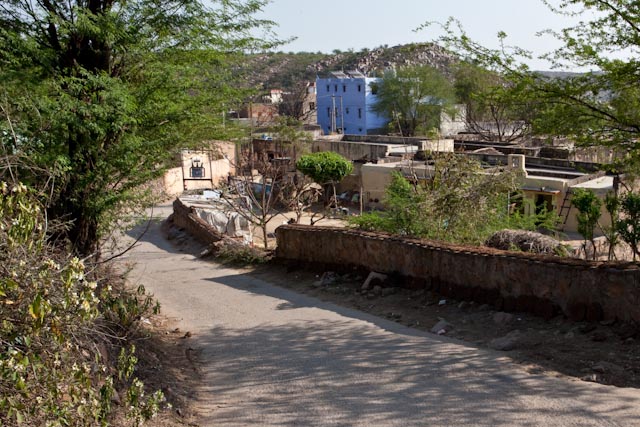I have wanted to experience an Indian wedding since the first time I heard about them. I got the chance to do that earlier this week - in the way that I love best - as a photographer.
The Sagan Ceremony is a festival - our groom arrived in a beautiful and elaborately decorated carriage drawn by two white horses and escorted by his family.
Above is the carriage the groom will ride in
...and these are the horses and one of the many Rajasthani musicians that lead the parade and generate the guests dancing with their energy and rhythms. When you look at these still photos you will not hear the noise - I tell you, it is unrelenting and at least as loud as the colour.
Everything was BIG and BOLD and in a grand way very very BEAUTIFUL and full of life (which I interpreted the dance of the groomsmen to be explicitly demonstrating).
The groom follows and witnesses the procession with two nephews. From my reading I understand that the groom does not participate in the raucous frivolity around him but, the pull to dance is strong...
Notice in the bottom right corner of this image is a hand extending money. I saw denominations of 10, 100 and 1,000 rupees being tossed into the air throughout the procession. My research tells me this is for prosperity in the marriage but also in some instances it is thrown on the road to ward off evil.
There was so much going on that I didn't understand; so many questions that I don't yet have answers to. When Tanushree and I next get together I will be able to know so much more about what I experienced.
to be continued...



















































